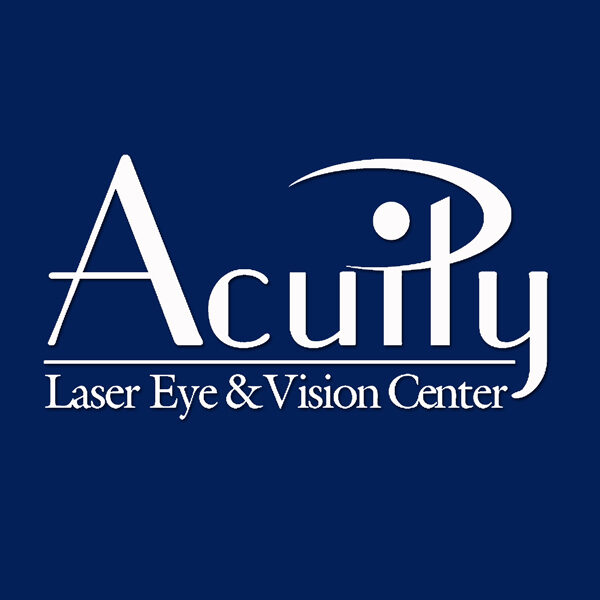Generally, eye surgeons will recommend either PRK or Epi-LASIK to patients who have small eyes or very thin corneas. This is because it may be difficult or even impossible to safely use the tools to perform standard LASIK surgery in those cases. Epi-LASIK or PRK may also be desirable for those individuals who want laser vision correction, but do not want to have a flap made in their corneas.
During LASIK surgery a tool is used to create a circular flap in the protective layer over the cornea, leaving a hinge. After the cornea is reshaped to correct the patient’s vision, the flap is then placed back over the eye. This procedure allows for a fast recovery but the procedure carries some potential risks. Post-operatively the flap can wrinkle if a blunt force is applied to the eye (such as a stick or a punch). Even long after surgery when the eye is fully healed, the flap can be vulnerable to dislocation as the result of an extreme physical force such as an accident or altercation. This can effect vision temporarily and will require immediate attention.
In addition to the size and shape of a patient’s cornea, other factors can influence the choice of procedure. When I examine patients before their vision correction surgery, I ask if they are in the military or police force, if they box or are very active in sports or outdoor recreation. I will then counsel them to choose Epi-LASIK or PRK vision correction procedures instead of LASIK, so that they will not have any risks associated with the creation of that circular flap.
While LASIK requires the creation of a flap, Epi-LASIK is an advanced type of corneal surface ablation that allows removal of a very thin layer of the surface tissue. The surgeon uses a plastic squeegee-like device called an epi-keratome or epithelial separator to separate the protective top layer of the cornea before reshaping the corneal tissue below to correct vision. The procedure is similar to PRK (PhotoRefractive Keratectomy), however no alcohol based solution is applied to loosen the top layer. Epi-LASIK avoids the chemical reaction between alcohol and epithelial cells that can cause the release of prostaglandins and the resulting eye discomfort that is associated with PRK in the days immediately following surgery. This discomfort can be relieved by over the counter pain relievers.
At the conclusion of the Epi-LASIK procedure, the doctor may on occasion place the thin top layer of the cornea back over the eye, after the laser has been used to reshape the cornea and correct vision, but usually this is just removed, as it grows back itself in 3 to 4 days. A clear soft contact lens is then placed on the eye to protect and aid the healing process. The lens is worn for about 3-4 days, then removed by the doctor. Vision will not be perfect right after surgery but many people are able to drive the day after the lens is removed with Epi-LASIK. PRK generally requires another 2-3 days of healing with the protective lenses over the eyes and dependence on others to drive you. Recovery time varies and each individual must determine when they are comfortable returning to driving and other activities.
As a general rule, Epi-LASIK provides a much more rapid recovery of vision than PRK, but not as rapid as the ‘WOW’ effect that is seen with LASIK. With Epi-LASIK, patients often obtain 20/20 or better uncorrected vision in 1½ to 2 weeks, while PRK can take as long as 3½ to 4 weeks to reach that level of visual acuity. That does not mean patients are disabled or unable to drive or work during that period. The vision in the intervening period is almost always good enough to legally drive and perform routine daily activities, but the optimal visual recovery takes longer to achieve with either of these procedure when compared to the very rapid recovery of vision associated with LASIK, which is generally just 24-36 hours. While we will require follow-up examinations for the first 3 months to monitor the recovery, the full healing time for PRK and Epi-LASIK laser vision correction surgery may be as long as 6 months.
Click Here for a link to Acuity’s Epi-LASIK information pamphlet
By Dr. Helen Chandoha O.D.


Comments are closed